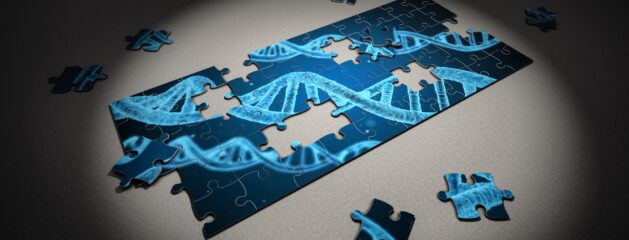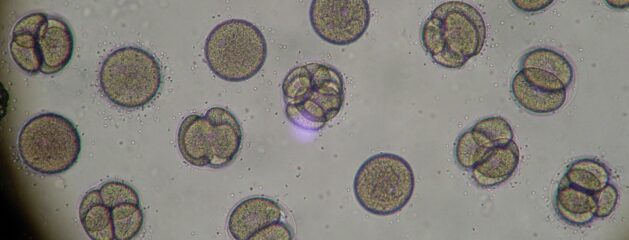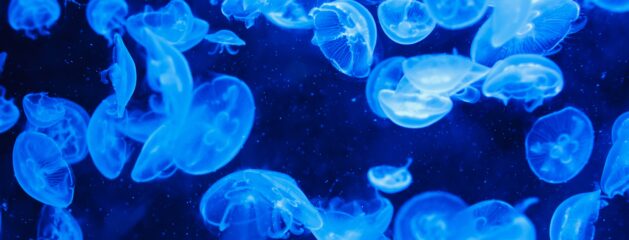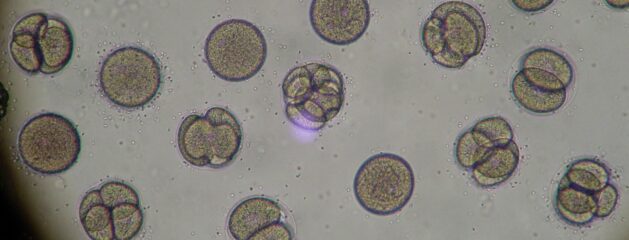“The past fifty years of biological research have found that life is fundamentally based upon: A vast amount of complex and specified information encoded in a biochemical language. A computer-like system of commands and codes that processes the information. Irreducibly complex molecular machines and multi-machine systems. Where, in our experience, do language, complex and specified information, programming code, and machines come from? They have only one known...
Read MoreComplex and specified information, computer-like systems, and incredible machines!!









